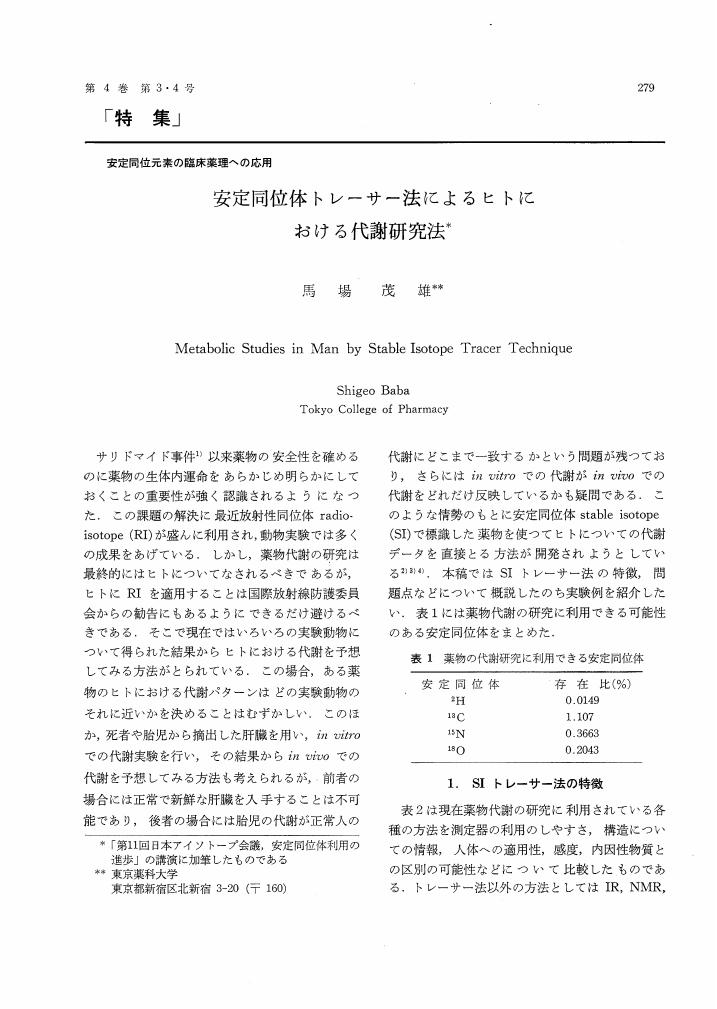1 0 0 0 プログラマの視点からのソフトウェアコンポーネント評価手法
- 著者
- 佐藤 誠 岡安 二郎 水野 浩之 馬場 茂雄 平山 雅之
- 出版者
- 一般社団法人情報処理学会
- 雑誌
- 情報処理学会研究報告ソフトウェア工学(SE) (ISSN:09196072)
- 巻号頁・発行日
- vol.2001, no.114, pp.67-74, 2001-11-21
- 参考文献数
- 4
- 被引用文献数
- 1
近年、コンポーネントを利用したソフトウェア開発が増加している。コンポーネントを利用したソフト開発では、ソフト開発者にとって、システムの開発がしやすい(利用性が高い)コンポーネントを選択することがポイントとなる。本稿では、ソフト開発を行うコンポーネント利用者の視点から、コンポーネント利用性を評価することを目的とするコンポーネント利用性評価手法を提案する。提案する手法は、?プログラマのコンポーネント利用方法の分析をもとに「コンポーネント選定時の機能把握容易性」「コンポーネント利用時の実装作業容易性」などの副特性から構成される評価モデルを定義し、?ソースコードを持たないブラックボックス・コンポーネントに対して、ソースコード以外から取得できる限られた情報を用いてこれらの副特性を計測するメトリクスを設定するといった特徴を持つ。また、この手法の有効性確認を目的とした適用評価実験を行った結果、コンポーネントの利用性について、提案する手法(定量評価手法)と実際の作業者のコンポーネント利用時の印象(定性評価)はよく一致することが確認できた。これより本稿で提案するコンポーネント利用性評価手法が有効であることが確認できた。Recently, software components have been used widely used in software development. In the component based software engineering, it is especially important to evaluate usability of software components. In this paper, we discuss the usability evaluation method for software components, which is composed of usability evaluation viewpoints and their evaluation metrics. The proposed method has following features; 1) Software component usability evaluation model based on the way of using software components by programmers. 2) The technique that make it possible to evaluate black-box software component by using information except for its source code. From our application experiment, we confirmed the effectiveness of proposed method. That is, with using proposed method, we can evaluate the usability of software components effectively.
1 0 0 0 OA 安定同位体トレーサー法によるヒトにおける代謝研究法
- 著者
- 馬場 茂雄
- 出版者
- The Japanese Society of Clinical Pharmacology and Therapeutics
- 雑誌
- 臨床薬理 (ISSN:03881601)
- 巻号頁・発行日
- vol.4, no.3-4, pp.279-287, 1973-12-30 (Released:2010-06-28)
- 参考文献数
- 21
1 0 0 0 OA 重水素標識アミノピリンの代謝における同位体効果
- 著者
- 五郎丸 毅 古田 隆 馬場 茂雄 野田 敦子 井口 定男
- 出版者
- 公益社団法人 日本薬学会
- 雑誌
- YAKUGAKU ZASSHI (ISSN:00316903)
- 巻号頁・発行日
- vol.101, no.6, pp.544-547, 1981-06-25 (Released:2008-05-30)
- 参考文献数
- 11
- 被引用文献数
- 3
The kinetic isotope effects in the in vivo metabolism of three kinds of deuterated aminopyrine (AM), i.e., AM-3-CD3, AM-2-CD3 and AM-4-N (CD3)2, were investigated. In order to evaluate the effect of deuterium labeling on the metabolic rate of AM, an equimolar mixture of AM and AM-3-CD8 (AM : AM-3-CD3), AM : AM-2-CD3 or AM : AM-4-N (CD3)2, was orally administered to rats. Urinary metabolites were extracted with chloroform and the extracts were subjected to gas chromatograph-mass spectrometer after trimethylsilylation. AM metabolites were measured by using selected ion monitoring focused on their molecular ions. The kinetic isotope effect was estimated from the ratio of the amount of the metabolite excreted from deuterated AM to that excreted from AM (D/H ratio). After the administration of AM : AM-3-CD3, D/H ratios of 3-hydroxymethyl metabolites were in the range of 0.347 to 0.403. On the contrary, D/H ratios of 4-demethylamino metabolites were in the range of 1.22 to 1.30. These values indicated that the deuterium labeling of AM shifted the initial step of AM metabolism from oxidation of the 3-methyl group to demethylation of the 4-dimethylamino group. This isotope effect is well-known as a "metabolic switching". In the case of AM-4-N (CD3)2, D/H ratio of 4-formylaminoantipyrine indicated the effect on the oxidative formylation by deuterium labeling.
